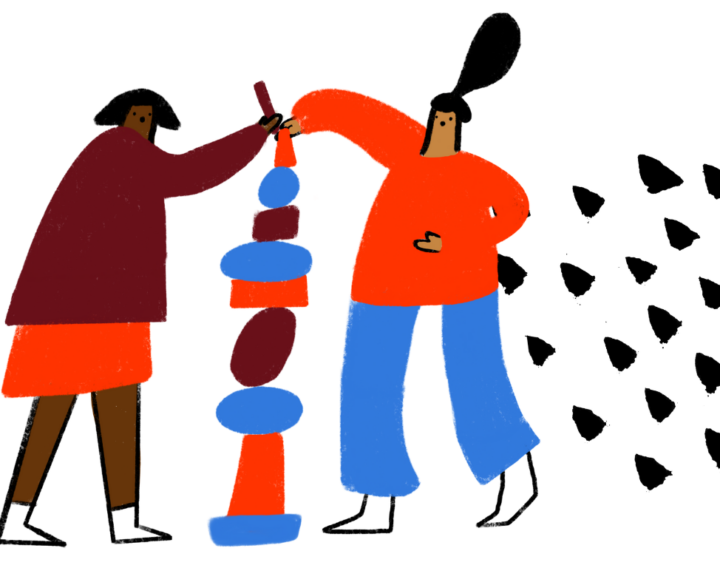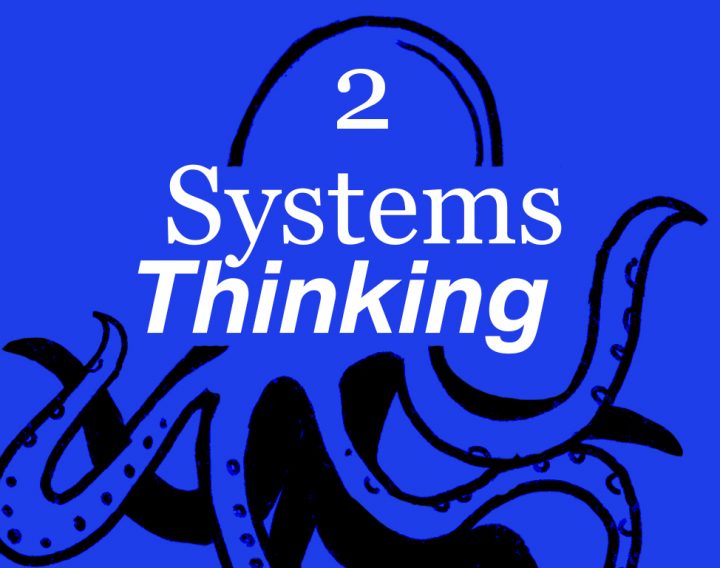
Pharmacy, Optometry, Dentistry, Ambulance & Community Health (PODAC)
Helping NHSX define a way to access clinical information across multiple healthcare services
Navigating complexity across multiple workstreams
A different team was set up for each of the services in PODAC. To ensure they developed a consistent approach, they established regular meetings, check-ins, and show and tells, despite each stream having different demands.
We reviewed all the previous work to ensure we built on what had already been done and expanded our desk research into wider topics and trends about how tools and systems are used to store, retrieve and share information more broadly.
Researching during a pandemic meant that some methods we would have used (such as observation and shadowing) weren’t possible. But we didn’t let that limit our learning.
Many participants shared their screen or took photographs of how they access clinical information. This provided us with rich insight into the systems and tools used in day to day work. It was interesting to learn about the challenges of digital and non-digital tools.
For instance the Community Health team were shown a doorstep-thick reference book that has to be consulted when prescribing. The Ambulance team were shown the various steps needed to enable the radios they’re issued with to be used to make a call.

“We currently have to carry that around with us, and that lists every medication in there to look for the medication we're prescribing, and then go through interactions whether there are any contradictions.”
Common stories around different stages started to emerge
For example, many visiting nurses noted the ‘Visit the patient’ as a challenging stage in their journey. This was due to holding out of date software on devices which could not connect to the internet. They weren’t able to access important clinical and contextual information about their visits, meaning they go in blind to patients’ homes
Participants were also invited to share systems and software they used access and input information to deliver care.
All the teams were learning that the systems and tools used were often not fit for purpose and in some cases designed by and for other health care settings. Community nurses use a system built specifically for GPs. Lifting and shifting systems from other settings resulted in time-consuming workarounds and fragmented, difficult user experiences.
Similar challenges were found by Team Pharmacy, who discovered that their participants use old computers that are slow to load and have limited WiFi (a particular problem in rural areas) especially when multitasking and switching between systems.
Poor connections and integration between systems means that patient data is not updated in real time. This delay can cause double handling of information, and may mean that key patient information is not uploaded for the next professional to view. This results in care being incorrectly delivered.
It was interesting to learn that even within the same setting and role there was a disparity across Trusts. One community health professional mentioned they were configuring and prototyping their own systems, while another participant explained they were still using paper.
“We have hardware that can be incredibly slow – up to 30 seconds for a window to open when you are looking for a prescription. And this is amplified if you have an anxious patient there too”
Synthesis and analysis
To help synthesise insights from very different contexts, the team created a shared insights library. As well as helping us organise our findings, it’s designed to help future research teams to traceback to specific research interviews.
We used this rich resource of insights to start developing user needs and defining requirements for future services. Either tweaks to existing systems or procuring new ones. .
For consistency, teams prioritised needs and requirements using a framework, with different levels of urgency and importance.
Design principles, recommendations and a roadmap for joined up health services
Developing design principles was the perfect mechanism for capturing and clarifying cross-cutting themes. We delivered these, along with key findings, user needs and service requirements prioritisation plus roadmaps for the various Individual and cross PODAC streams. These are invaluable for sharing our approach, recommendations and a suggested timeline for future activities.




